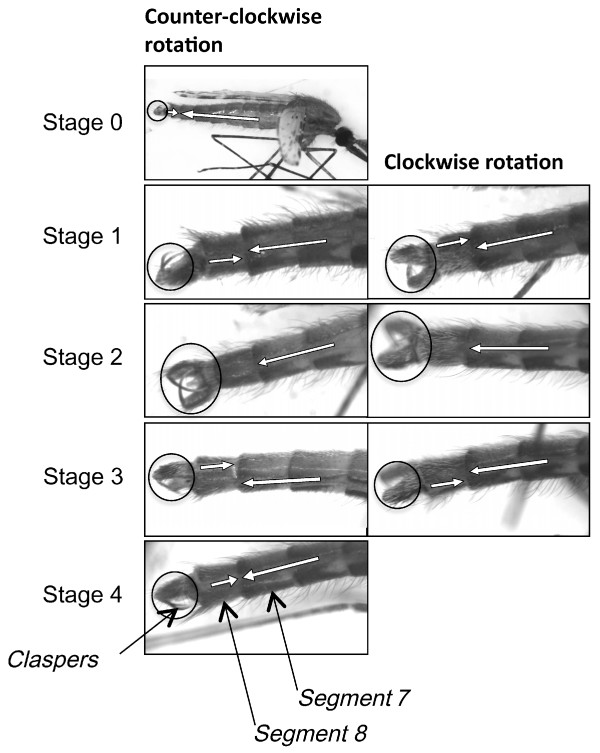Updated April 15, 2021: This topic of the "firmament" is also of great interest to atheists. A popular anti-creationist made a 40-minute YouTube video critical of this article. We may have hit a nerve. A favorite claim of many atheists is that the Bible teaches that the earth is surrounded by a solid domed sky. Instead, the Bible actually teaches that the firmament of Day Two is the crust of the earth, which divided water below the crust from the waters on the surface. Documenting this thereby rebuts that widespread false allegation. When we first published this article, that extra bonus was unexpected. So we've embedded and responded to Brett Palmer's video including by pointing out that the Babylonian creation epic, Enuma Elish, below, corroborates this understanding of the "firmament" as first referring to the earth's crust (i.e., biblically, to paradise, to heaven on earth). And we show that the Bible's Hebrew word for firmament, raqia, from the verb raqa, refers not only to the heavens above, but explicitly, to the crust of the earth. And we present the meaning of the Syrian geographical place name, Raqqa, and extend to antiquity the etymology of the English word, rock.
At Real Science Radio (which airs on America's most-powerful radio station), we teach Dr. Walt Brown's Hydroplate Theory as the best understanding of the global flood, geology and the relevant scriptures. If the following is correct, all flood models based on the "canopy theory" and "plate tectonics" are false.
On Day Two God Made the Crust of the Earth: Dr. Walt Brown's Hydroplate Theory helps to understand the global flood, geology and the relevant scriptures. On Day Two of creation, God formed the crust of the earth, called the firmament (Hebrew: raqia), which extended for miles above a worldwide subterranean ocean, and the crust of course also held waters upon its surface. If this is true, we would expect to read in the Bible that initially, the surface of the earth was covered only with water, and that then God made the earth's crust above the water. And consistent with the Hydroplate Theory (which describes a layer of water at least one-mile thick that was perhaps dozens of miles below the earth's surface), in fact the Bible teaches that God:
- "In the beginning God created... the earth. ...and darkness was on the face of the deep. And the Spirit of God was hovering over the face of the waters" (Genesis 1:1-2). Then God,
- "laid out (raqa) the earth above the waters" (Psalm 136:6). And,
- "by the word of God the heavens were of old, and the earth [was] standing out of water and in the water" (2 Peter 3:5).
- "Thus God made the firmament, and divided the waters which were under the firmament from the waters which were above the firmament" (Gen. 1:7). So,
"The earth is the Lord’s... For He has founded it upon the seas, and established it upon the waters" (Ps.24:1-2).
 Where the Water Came From: The global flood then began when those "fountains of the great deep were broken up" (Gen. 7:11) for the pre-flood earth had been "standing out of water and in the water, by which the world that then existed perished, being flooded with water" (2 Peter 3:5-6). Those waters had been stored up for global judgment if needed. For when "the heavens were made," the Bible says of much of the Earth's water back then that God "lays up the deep in storehouses" (Ps. 33:6-7; see also Prov. 8:27-28). For God created not only the surface waters, for He "made heaven, and earth, and the sea, and the fountains of waters" (Rev. 14:7 KJV [as with many versions; some like the NKJV say "springs of water"). Dr. Brown's book, In the Beginning, demonstrates powerfully that the world's major geologic features flow logically from these initial conditions. But some creationists who disagree point out that, "God called the firmament Heaven" (Gen. 1:8), claiming that this firmament must be either the atmosphere (e.g., Henry Morris) or outer space (e.g., Russell Humphreys).
Where the Water Came From: The global flood then began when those "fountains of the great deep were broken up" (Gen. 7:11) for the pre-flood earth had been "standing out of water and in the water, by which the world that then existed perished, being flooded with water" (2 Peter 3:5-6). Those waters had been stored up for global judgment if needed. For when "the heavens were made," the Bible says of much of the Earth's water back then that God "lays up the deep in storehouses" (Ps. 33:6-7; see also Prov. 8:27-28). For God created not only the surface waters, for He "made heaven, and earth, and the sea, and the fountains of waters" (Rev. 14:7 KJV [as with many versions; some like the NKJV say "springs of water"). Dr. Brown's book, In the Beginning, demonstrates powerfully that the world's major geologic features flow logically from these initial conditions. But some creationists who disagree point out that, "God called the firmament Heaven" (Gen. 1:8), claiming that this firmament must be either the atmosphere (e.g., Henry Morris) or outer space (e.g., Russell Humphreys).
 * Atheist and Fraud Perpetrator Ernst Haeckel: created the scam drawings of a fetus to look like a fish and a reptile to support his utterly discredited "ontogeny recapitulates phylogeny" and according to the New York Times, March 9, 1907, he was later honored as the founder of the "Association for the Propagation of Ethical Atheism." Ha! Even Richard Dawkins admits in this video that Haeckel's drawings were faked and that today's textbooks should not be propagating his error.
* Atheist and Fraud Perpetrator Ernst Haeckel: created the scam drawings of a fetus to look like a fish and a reptile to support his utterly discredited "ontogeny recapitulates phylogeny" and according to the New York Times, March 9, 1907, he was later honored as the founder of the "Association for the Propagation of Ethical Atheism." Ha! Even Richard Dawkins admits in this video that Haeckel's drawings were faked and that today's textbooks should not be propagating his error.





 * RSR's Astronomy & Prophecy Show: Real Science Radio host Bob Enyart attempts to rebut the
* RSR's Astronomy & Prophecy Show: Real Science Radio host Bob Enyart attempts to rebut the  * Research Showing the Harmful Effects of Marijuana Use
* Research Showing the Harmful Effects of Marijuana Use
 Jacques Cousteau said, "to stabilize the world population we must eliminate 350,000 people per day. It is a horrible thing to say," he admitted, "but it’s just as bad not to say it." This Hitlerian sentiment, published in UNESCO Courier in November 1991, is not rare among envirochondriacs.
Jacques Cousteau said, "to stabilize the world population we must eliminate 350,000 people per day. It is a horrible thing to say," he admitted, "but it’s just as bad not to say it." This Hitlerian sentiment, published in UNESCO Courier in November 1991, is not rare among envirochondriacs.
